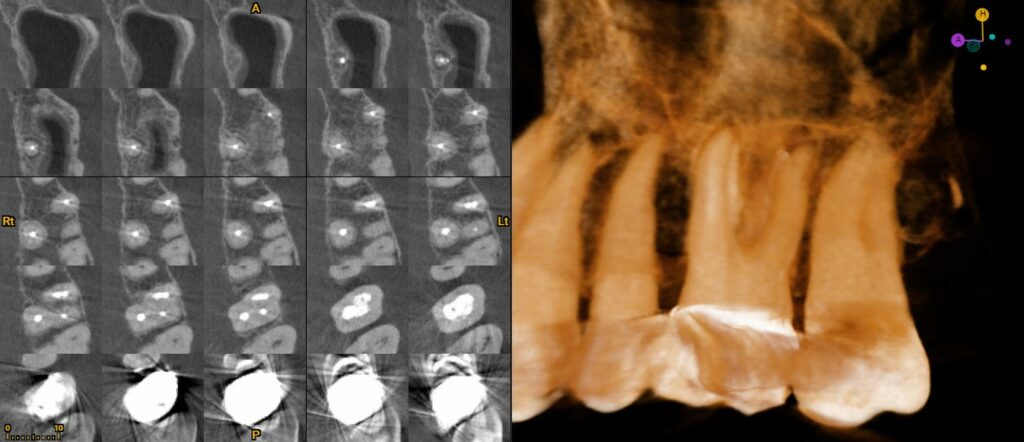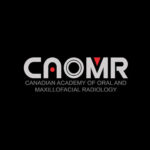- For Patients
For Patients
About Dental X-rays
What is a dental x-ray? Why do I need dental x-rays? Are dental x-rays safe? Other frequently asked questions. Learn more >
- For Students
For Students

Oral radiology offers diverse career possibilities in academia, research, and private practice settings. Many oral and maxillofacial radiologists combine some or all of these practice settings.
- For Dental Professionals
3D Dental Imaging (CBCT)

The typical x-rays patients receive at their dental office are bitewings, periapical, and panoramic images. These are all two-dimensional images. Occasionally, these x-rays are insufficient to provide the required diagnostic information needed for subsequent treatment, and the dentist may require additional information in the form of three-dimensional imaging using cone beam computed tomography (CBCT).
The word “tomography” is a general term that describes any three-dimensional imaging technique that creates one or more thin section images or slices within a larger volume of anatomy that is free of overlap or superimposition from more superficial or deeper structures. Simply put, tomography, in the form of CBCT, permits a dentist to view the teeth and jaws in a clearer, more detailed manner.
Contemporary acquisition and display of tomography is now almost exclusively computer-driven, and the current standard of care for tomography in dentistry is CBCT.
Examples of common referral reasons for CBCT imaging include:
- Suspected disease in the jaw bones.
- Dental implant treatment planning.
- Localization of impacted teeth.
- Nerve localization adjacent to wisdom teeth.
- Assessment of root canal-related problems.
- Temporomandibular joint evaluation.
- Jaw surgery treatment planning.


